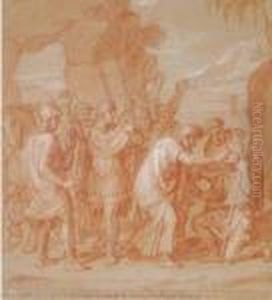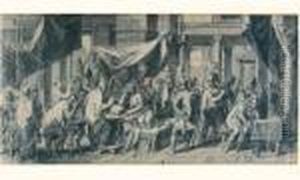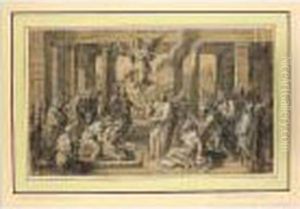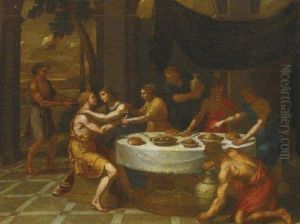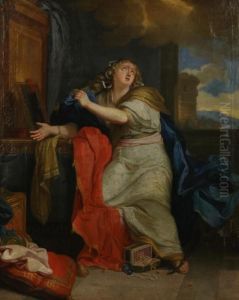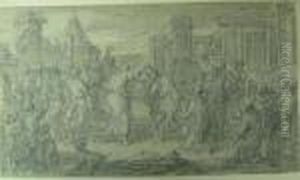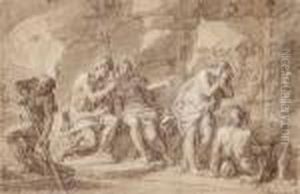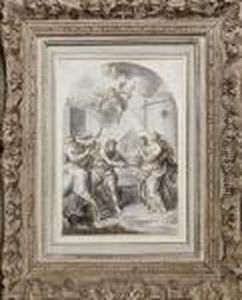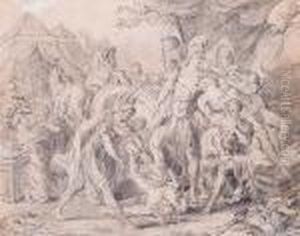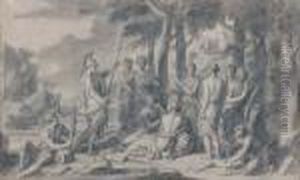Francois Verdier Paintings
Francois Verdier was a French Baroque painter and draughtsman born in 1651 in Rennes, Brittany. He is primarily known for his history paintings, allegorical compositions, and his work as an accomplished draftsman. Verdier was a pupil of Charles Le Brun, the leading French artist of his time, and he became a member of the Royal Academy of Painting and Sculpture in Paris in 1678.
Verdier's work was influenced by the grandeur and dramatic expressions typical of the Baroque style. His paintings often featured mythological and religious subjects, executed with a strong sense of movement and emotion. He was also skilled in creating decorative schemes for royal residences and was involved in the interior decoration of several important buildings, including the Palace of Versailles.
Throughout his career, Verdier enjoyed the patronage of the French court and aristocracy. He worked on numerous commissions and gained a reputation for his ability to convey the splendor and pomp of the high Baroque. Despite his success, Verdier's legacy was somewhat overshadowed by the dominant figures of his time, such as Le Brun and later, the Rococo artists like Watteau.
Verdier's drawings and preparatory sketches are considered particularly fine examples of French Baroque draftsmanship. They exhibit a mastery of line and form, and many are preserved in art collections around the world. Francois Verdier passed away in 1730, leaving behind a significant body of work that contributes to the understanding of French Baroque art and its development during the 17th and early 18th centuries.
















